Among the various video artificial intelligence (AI) generation technologies and models, one of the most popular and widely used is DeepFake.
DeepFake
DeepFake technology has gained significant attention and has been extensively utilized in various applications. It enables the creation of highly realistic and deceptive videos by swapping faces or manipulating facial expressions. DeepFake models, often based on generative adversarial networks (GANs) or autoencoders, have been employed for entertainment purposes, social media content creation, visual effects in movies, and even in research and awareness campaigns.
The popularity of DeepFake stems from its ability to generate compelling and convincing visual illusions, which has both positive and negative implications. On the positive side, DeepFake technology can be used for creative expression, entertainment, and enhancing visual effects in the film industry. On the negative side, it raises concerns about the potential misuse of the technology for malicious purposes, such as spreading misinformation or creating fake news.
While DeepFake stands out as a prominent and popular video AI generation technology, it’s important to note that other techniques and models, such as video-to-video synthesis, video super-resolution, video style transfer, and video captioning, also have their own areas of popularity and application. The choice of the most suitable technology depends on the specific use case, requirements, and desired outcomes of the application.

The field of video AI generation is continuously evolving, and new models and techniques are being developed to address various aspects of video generation, manipulation, and understanding. The popularity and usage of specific technologies may shift over time as advancements are made and new applications emerge.
DeepFake technology has been utilized in various applications and platforms, both for entertainment purposes and research purposes. Here are some examples of applications and platforms that have incorporated DeepFake technology:
Zao
Zao is a popular Chinese mobile app that gained significant attention for its DeepFake face-swapping capabilities. It allows users to replace their faces with those of celebrities or characters in video clips.
Reface
Reface is a mobile app that enables users to swap their faces with celebrities or characters in GIFs and short video clips. It utilizes DeepFake technology to create realistic face swaps.
FaceApp
While FaceApp is not solely focused on DeepFake technology, it incorporates elements of face manipulation and transformation, including age progression/regression and gender swapping effects, which can be considered a form of DeepFake.
Doublicat
Doublicat is a mobile app that allows users to create animated GIFs by replacing the faces of celebrities or characters in popular video clips with their own faces. It uses DeepFake technology to seamlessly integrate the swapped faces.
TikTok
TikTok, a popular social media platform, has seen the use of DeepFake techniques for various creative purposes, including face swaps, character transformations, and visual effects.
Film and Visual Effects Industry
DeepFake technology has been employed in the film and visual effects industry to create realistic visual illusions and special effects. It has been utilized for face replacements, digital doubles, and character transformations in movies and television shows.
It’s important to note that the field of DeepFake technology is evolving rapidly, and new applications and platforms incorporating DeepFake techniques may emerge over time. Additionally, the use of DeepFake technology raises ethical concerns, and its misuse for deceptive purposes, such as spreading misinformation or creating fake news, is a significant concern.
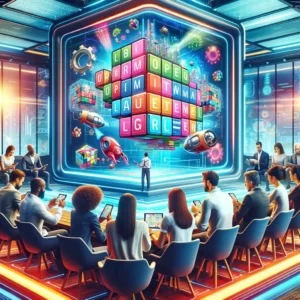


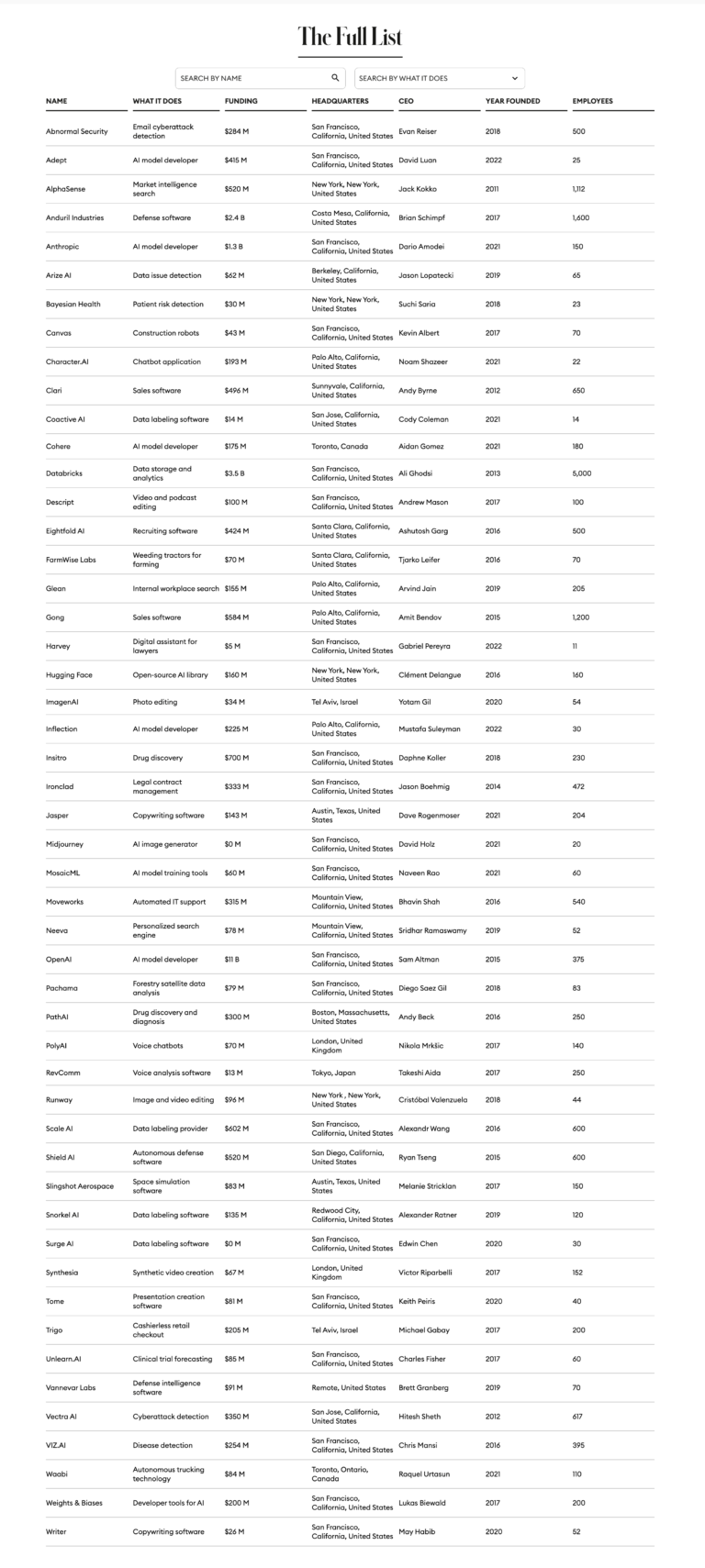






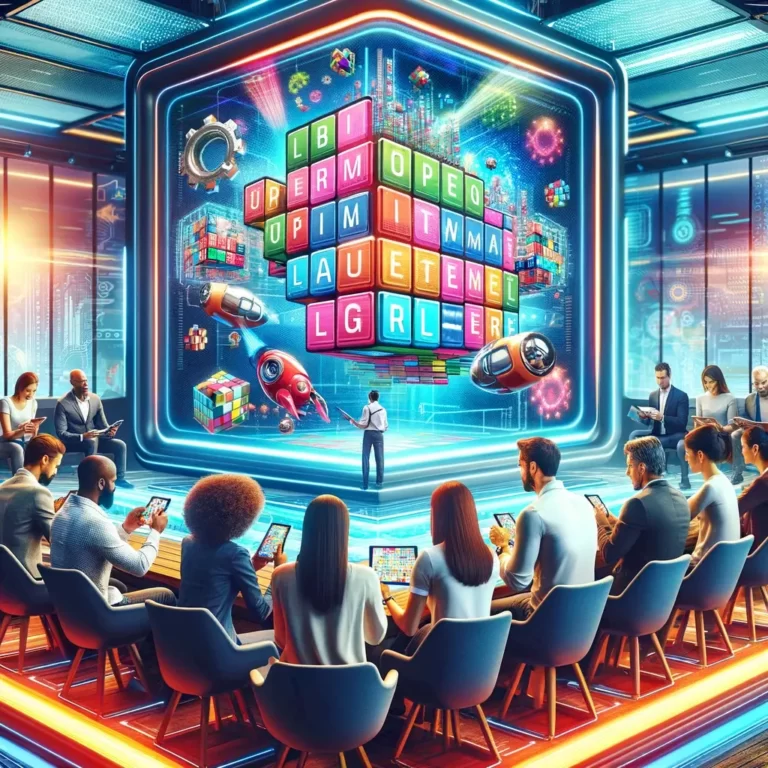
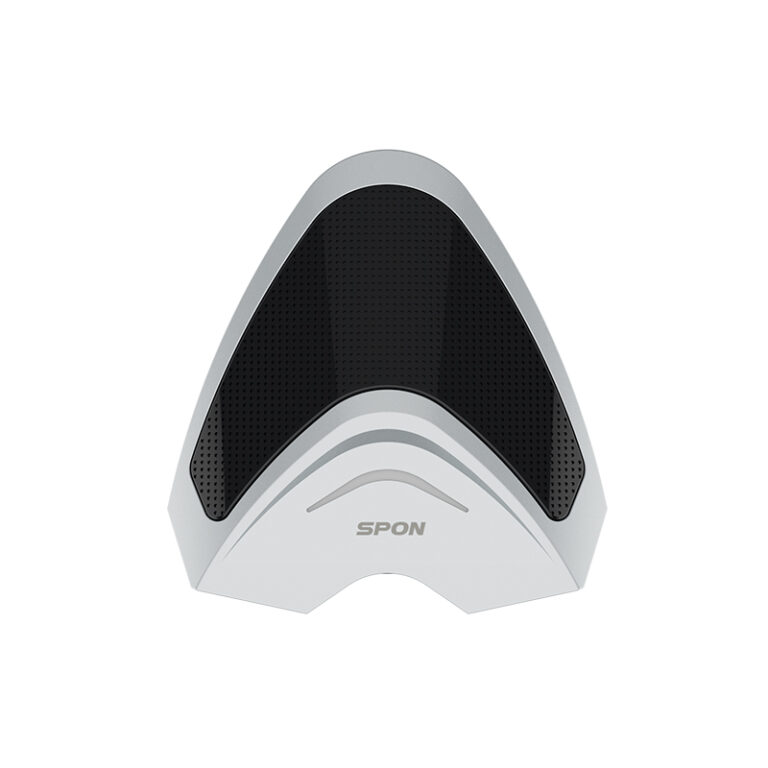
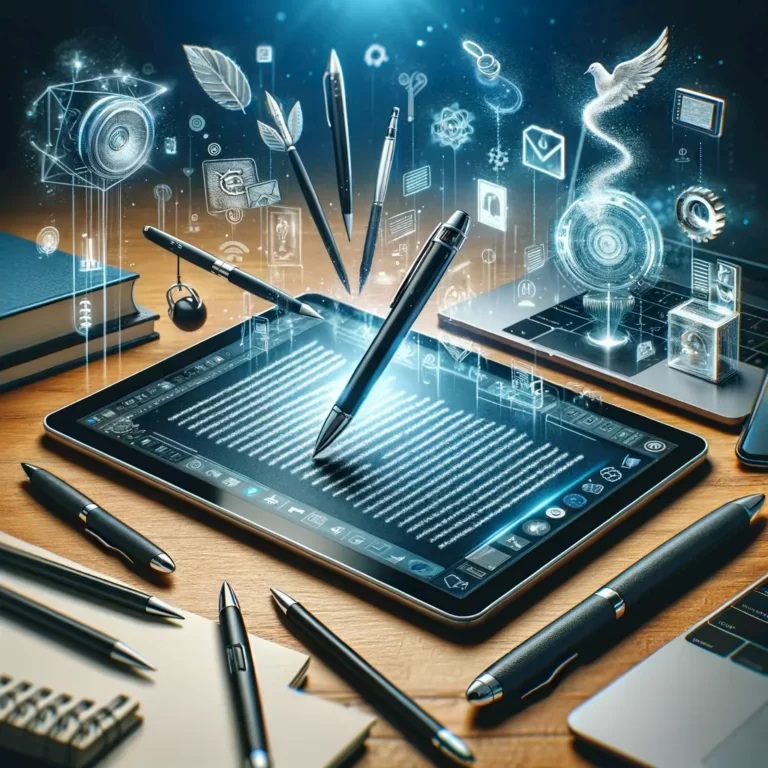


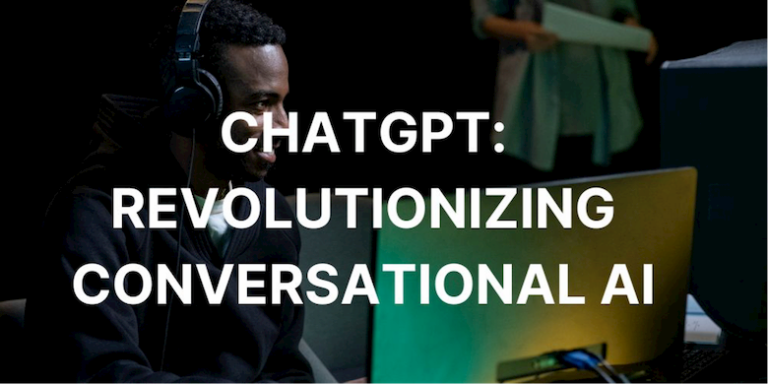
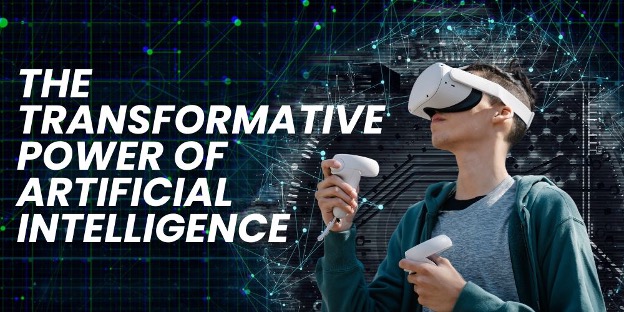
+ There are no comments
Add yours